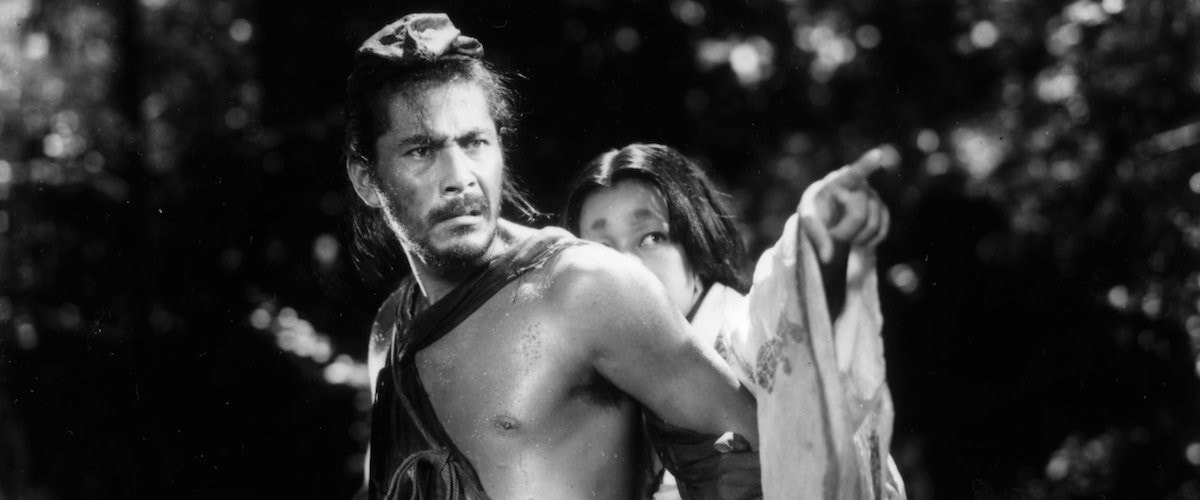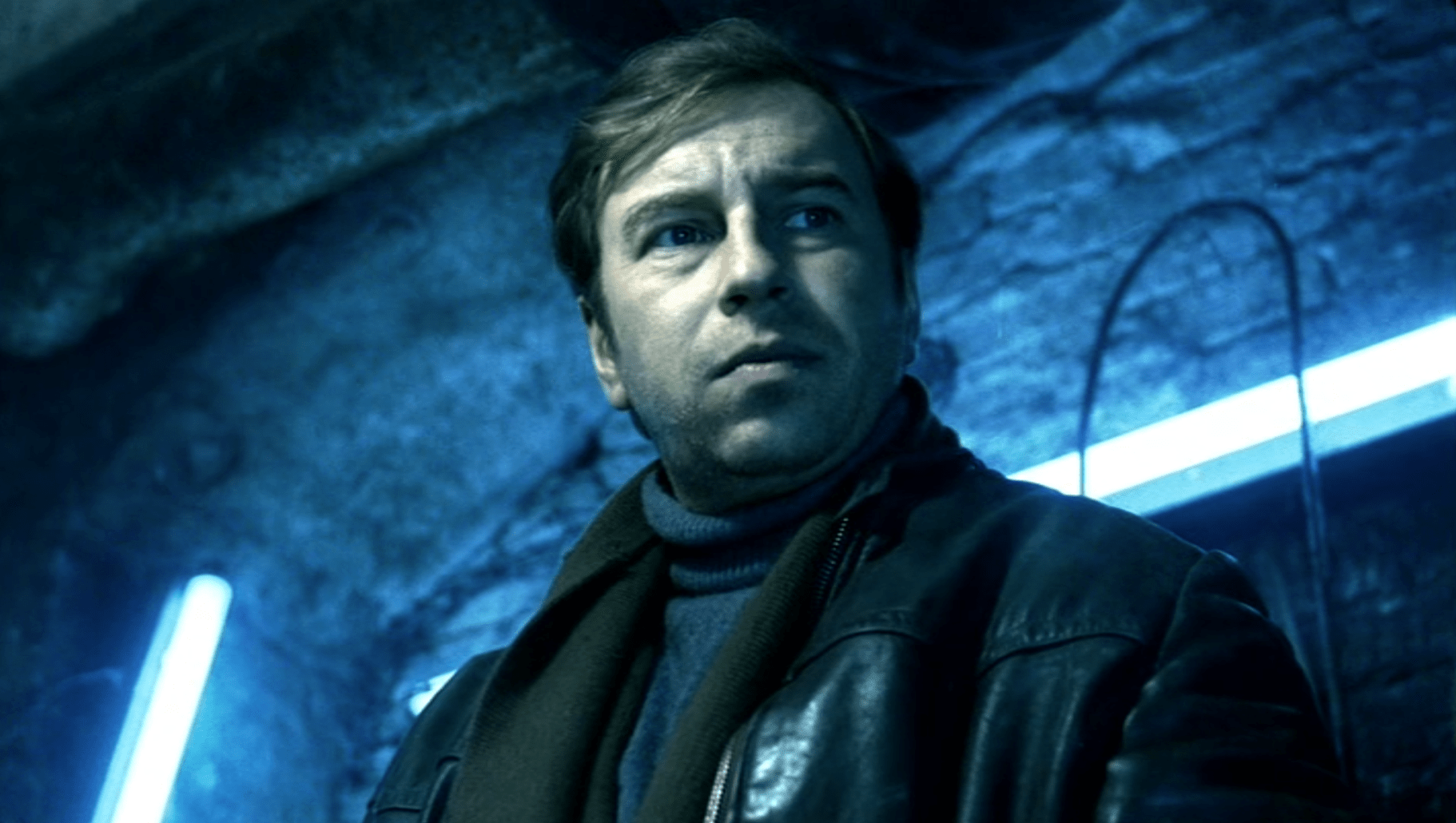
Raja Harish Chandra is a mythological Hindu story about the fate of an ancient king and his kingdom. "Raja" means king, and according to the story, Raja Harish Chandra ruled the kingdom of Ayodhya. There are several stories about the king, and there are several movies relaying different versions of the story. Hindu mythology always has multiple versions of each of its stories. Many of these epics were told and retold for centuries before they were written down, so there is no definitive version.
The movie begins with King Harishchandra in his prime. We get to see him and his queen dressed in shiny costumes and wearing their towering golden crowns. All these period films make the prominent characters wear elaborate headpieces that they have to struggle to keep on their heads. Of course, the famous Indian head wiggle doesn’t help either.

To demonstrate the joy and prosperity of King Harishchandra and his subjects, we are treated to a vigorous and enthusiastic dance number with colorfully clad dancing girls. Everybody sings and life is good.
Unfortunately for King Harishchandra, there is a feud raging in Heaven. The great Brahmin sages, Vashishtha and Vishwamitra, are arguing over the nature of humanity and whether it is worthy of the gods. Vishwamitra challenges Vashishtha to prove that there is one human on Earth who can be trusted to always be righteous. Vashishtha agrees to allow Vishwamitra to test Vashishtha’s favorite devotee, who happens to be Raja Harishchandra.

Does this sound familiar? Yes, it is just like the biblical story of Job. It is likely that the story of King Harishchandra predates the biblical story of Job by a few centuries, but it is difficult to determine definitively. Either way, both stories are pretty awful. We must witness an omnipotent bully abuse an innocent and faithful follower just to prove that the devotee has no will or judgment of their own. It’s a great lesson for the kiddies.
Fortunately for us, many of the cruel tortures visited on Harishchandra are pretty entertaining. The first one is the best. Vishwamitra sends a bunch of Balinese-inspired, foam rubber Kaiju to destroy the king's kingdom. Bollywood tries its hand at Toho-inspired scenes where the monsters romp through little models of cities and breathe fire on everything. Toho does a much better job, but Bollywood’s version is still very entertaining in its ineptitude. Feast your eyes on the stills below.

You will notice the image quality is poor. The print I watched looked as if it had spent a few years laying out on someone’s gravel driveway, but I persevered.
The bulk of the film is taken up by Vishwamitra’s heaping misery and cruelty on poor Harishchandra to see if the king will stray from the path of riotousness, truth, and devotion. Vishwamitra arranges to have Harishchandra’s kingdom taken away, along with all the king’s worldly wealth. Then, Vishwamitra has Harishchandra’s wife sold into slavery to a cruel and demanding woman, while Harishchandra must become a servant to the master of the charnel grounds.
The master of the cemetery is actually Shiva in disguise. To be sure he won't be recognized, Shiva becomes a towering, corpulent, and bombastic mustachioed man who inherits Shiva’s love of dance. We get another enthusiastic dance number while he sings a little nihilist ditty, and it goes a little something like this, “I’m the king of the cremation ground. The rich and the poor die, but I don’t discriminate between anyone. The one who brags of his greatness will die one day. It’s the universal fate. Both king and the subjects are treated equally here. Chant the name of the lord. The body doesn’t belong to anyone permanently.” It continues, but you get his drift.

The cruelty continues when Vishwamitra has Harishchandra’s son killed by a snake. At the climax of the film, Harishchandra is ordered to chop off his wife’s head with a sword to prove his devotion to his duty. Harishchandra swings the sword, but at the last moment, the sword turns into a garland of flowers. Having proven that he is willing to murder his wife before compromising his own ethical standing, the gods are satisfied. Of course, being all-knowing and all-powerful, they already knew what would happen, but everyone had a bit of fun, and we got a colorful movie out of it.
Raja Harish Chandra was directed by Umaprasad Maitrawho in 1994. If you would prefer to watch a woman instead of a man suffer the unjust wrath of the gods, you might try Jai Santoshi Maa, which features a similar plot and premise, but this time all the shit falls on our poor heroine Satyawati. There is no shortage of devotional films to choose from, some of which have better moral underpinnings. I recommend Naag Panhcami,or Bhaktha Prahlada.




